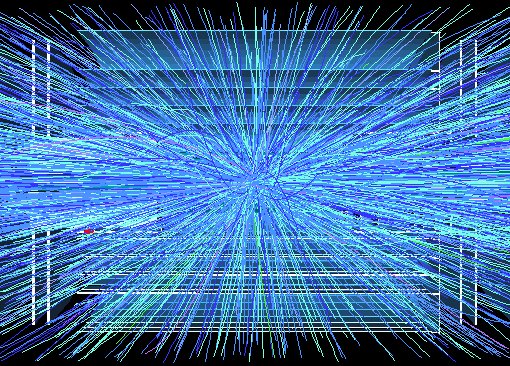

Comments, corrections to Phil Allport, University of Liverpool, UK
In order to prepare for the proposed high luminosity upgrade of the LHC for the next decade (the HL-LHC Project), ATLAS is investigating the necessary changes to the sub-detectors to withstand much higher instantaneous luminosity and to operate after 3000fb-1 of integrated data. The goal is to achieve the same or better performance (spatial resolution etc.) at the HL-LHC as at the LHC, despite the large increase in event rate and final integrated dose.
The route to high luminosity will involve various upgrades this decade, starting with consolidation of the LHC to achieve design energy, and then advancing through planned instantaneous luminosity improvements which will exceed the design values significantly before 2020. Planning for upgrades therefore includes enhancements to the current detector and detector consolidation work; improvements needed to handle the luminosity evolution of the machine this decade; and the major changes required for the HL-LHC operation. Many of these programmes are already the subject of mature R&D activities and some are already becoming Upgrade Projects with detailed schedules and deliverables. More information for those involved in the ATLAS Collaboration can be found here.
The illustrations below give some feel for the scale of the challenge at the HL-LHC. The first plot is of tracks resulting from simulation of a new design of inner tracker but with 5 superimposed collisions (corresponding to luminosities already being achieved by the LHC); the tracks are easy to separate. The second plot shows an event with 400 simultaneous collisions. (Plots from Abdel Abdesselam, June 2010. These are (r, z) projections of generated tracks).

